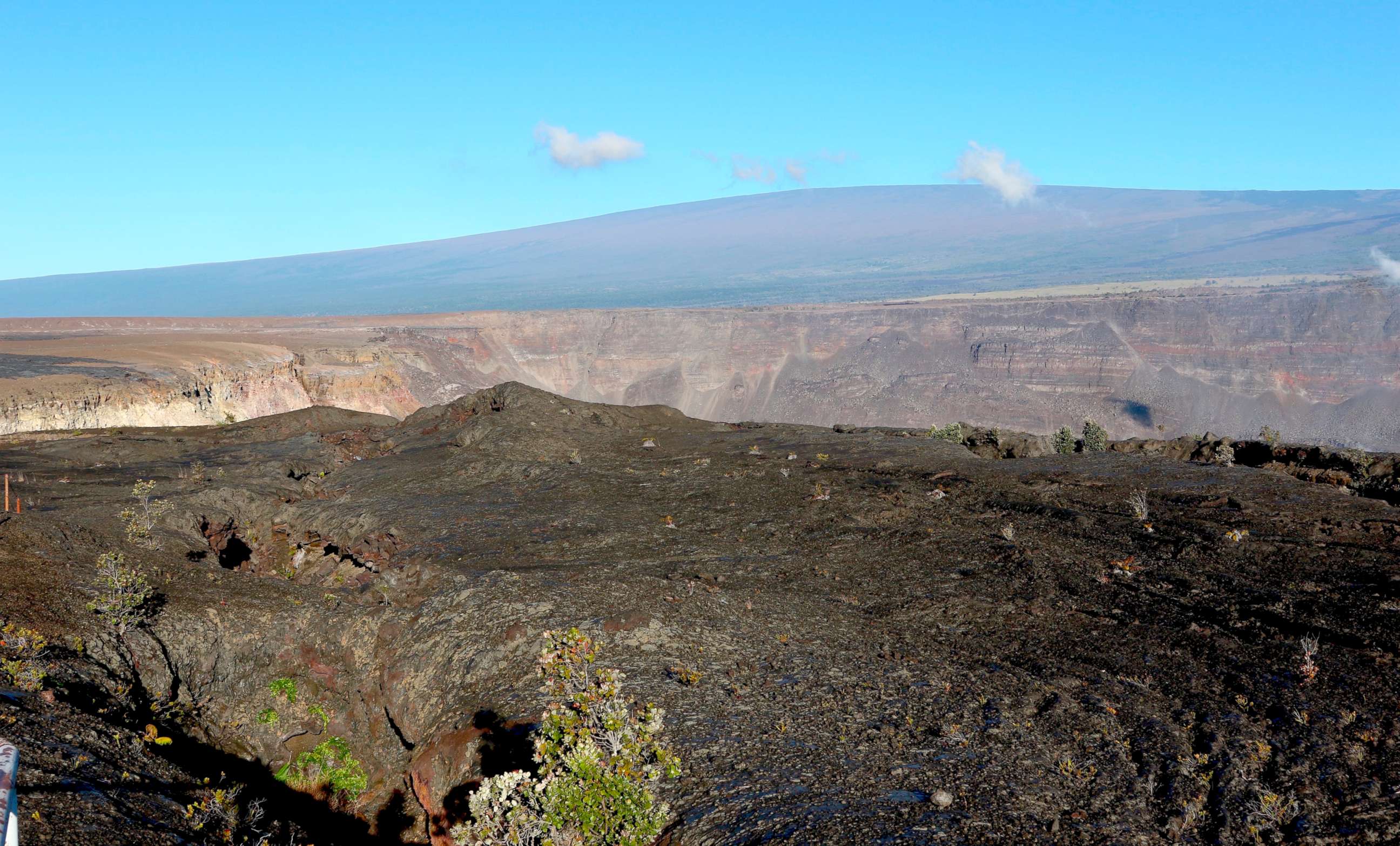Mauna Loa volcano sets off warning signals in Hawaii
Mauna Loa is the world's largest active volcano.
Hawaii officials are warning residents of the Big Island that Mauna Loa, the world's largest active volcano, is in a state of heightened unrest and sending signals that it might erupt.
The volcano, which covers half the island of Hawaii, is under an elevated advisory alert, but officials warn this does not mean an eruption is imminent. There are still some precursory signals that have preceded previous eruptions that are missing.
Unrest in Mauna Loa began mid-September after there was a recorded increase in the earthquakes below the summit and inflation. As the reservoir expands, it is triggering small earthquakes directly beneath Mokuʻāweoweo caldera, at the summit of the volcano, and in a region just to the northwest of the caldera, according to officials.
The number of earthquakes increased from 10 to 20 per day to 40 to 50 per day, according to the U.S. Geological Survey.
The unrest is likely caused by renewed input of magma, molten rock beneath the surface of the Earth, into the volcano's summit reservoir system, according to officials.

Webcam and thermal camera views have shown no changes to the volcanic landscape on Mauna Loa over the past week, Hawaii officials said. Eruptions tend to produce voluminous, fast-moving lava flows that can impact residents on the east and west sides of the island, according to officials.
Since its first well documented eruption in 1843, Mauna Loa has erupted 33 times. Its last eruption was in 1984.
Officials said Mauna Loa's eruptions typically start at the summit and can migrate to either the Northeast or Southwest Rift Zone, or radial vents on the north flank, within minutes to months of the eruption.

Mauna Loa typically erupts lava at a very high rate, similar to the 2018 eruption of Kilauea. How long residents have to respond to an eruption depends on their proximity to the eruptive vent, how steep the slope is between them and the vent, and the rate at which lava is being erupted.
During the 1950 Mauna Loa eruption, lava flows reached the ocean in less than a day. One lava flow traveled from the vent at an elevation of about 10,000 feet to the sea in about 3 hours.
All 33 recorded Mauna Loa eruptions have started at the summit of the volcano, and officials expect an eruption would follow previous patterns.
Officials recommend that people prepare for an eruption as they would prepare for other emergencies, like severe storms and earthquakes. They recommend preparing an emergency kit, making a family plan and knowing how to get information about the volcano should it become significantly restless or erupt.
The Hawaiian Volcano Observatory monitors Mauna Loa around the clock and will notify Hawaii County Civil Defense, Hawaii Volcanoes National Park and other emergency managers if an eruption is likely or is in progress.




